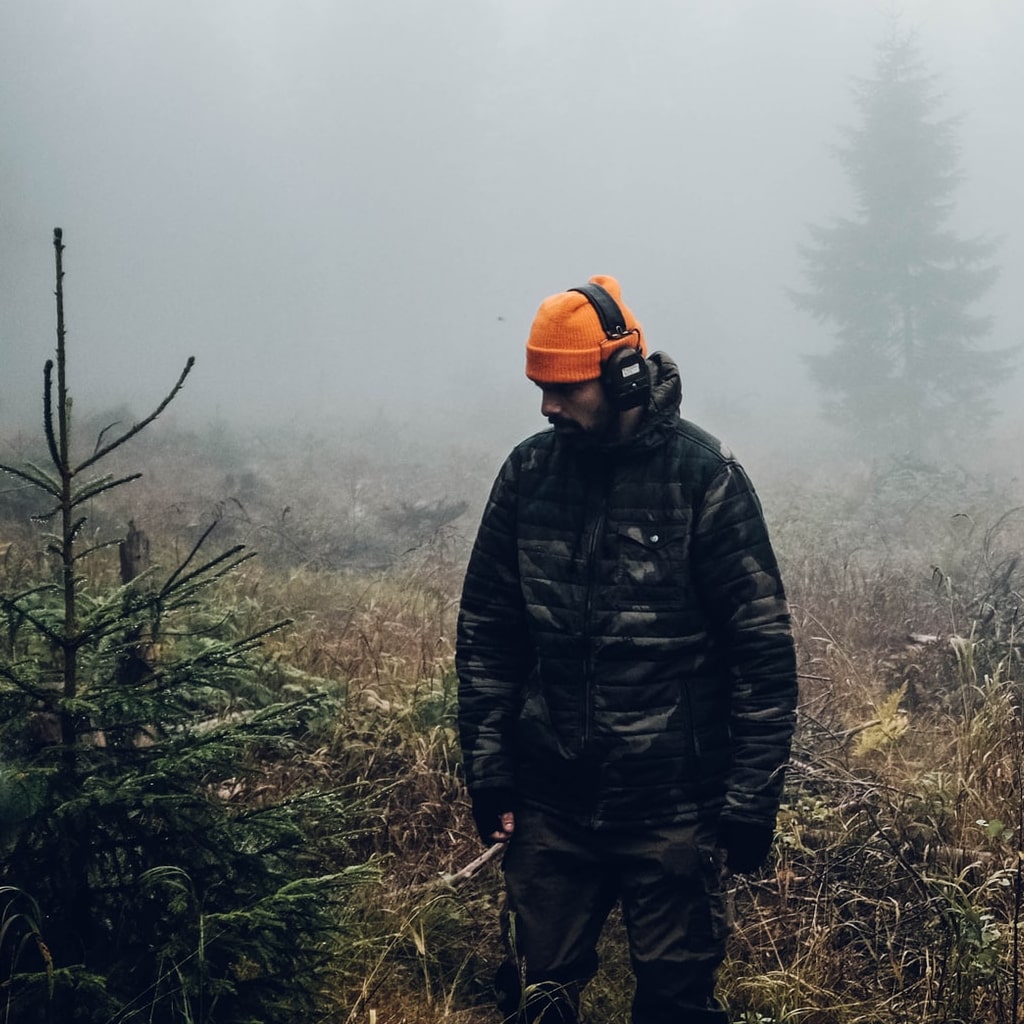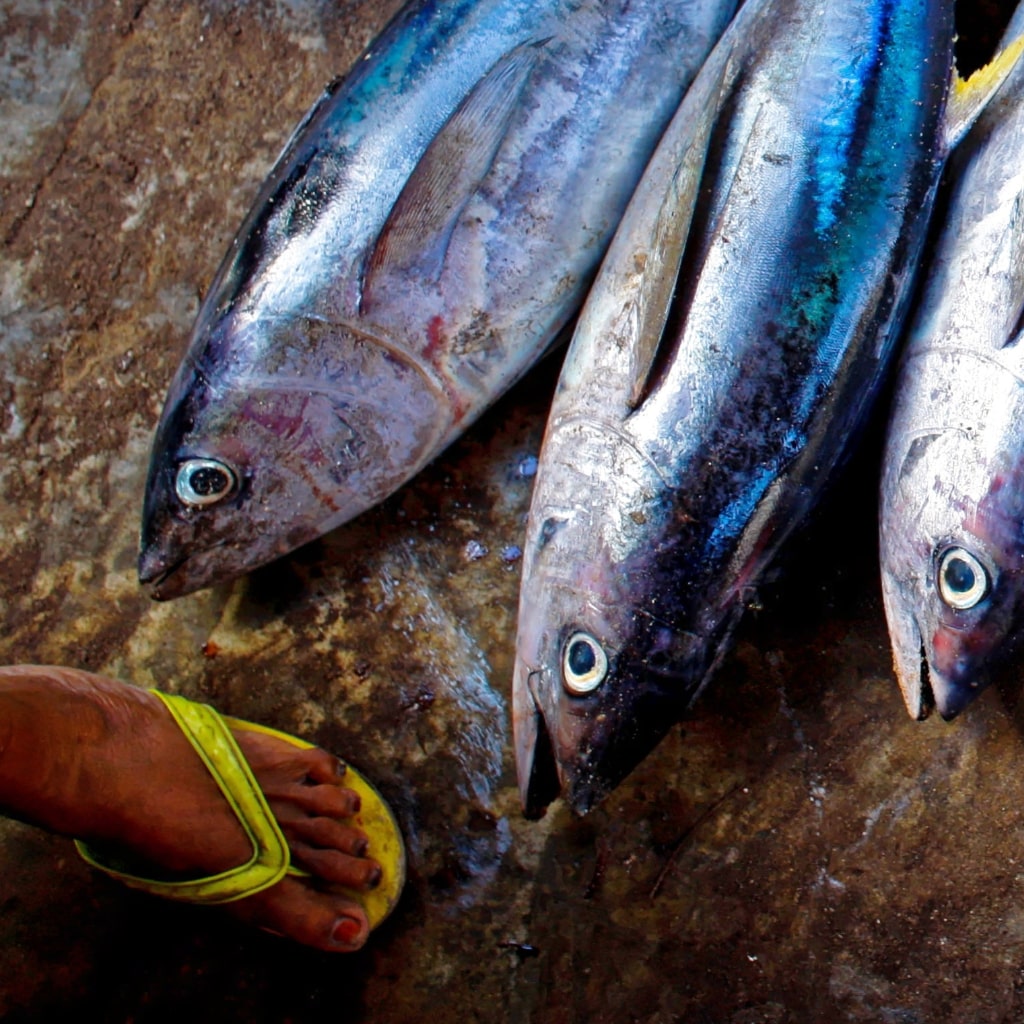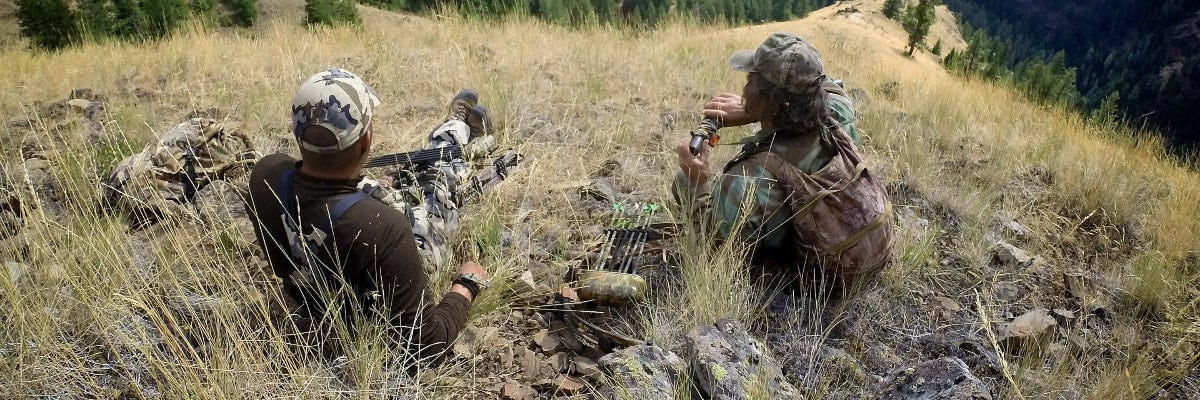Inspired for an Adventure? Check out Beef Stroganoff - Pouch and Beef Stew - Pouch
Add description, images, menus and links to your mega menu
A column with no settings can be used as a spacer
Link to your collections, sales and even external links
Add up to five columns
Add description, images, menus and links to your mega menu
A column with no settings can be used as a spacer
Link to your collections, sales and even external links
Add up to five columns


Many hunters and non-hunters alike have heard of Africa’s “Big Five.” These are historically defined as the most dangerous of the continent’s animals to hunt: the African elephant, rhinoceros (both black and white), African buffalo, African lion, and leopard. The phrase is still widely encountered today, and not only in the realm of hunting: Many safari-goers want to check off the Big Five from their wildlife-watching or photography list.
In both hunting and wildlife-viewing, you’ll often see Big Five lists marketed for areas well beyond Africa. There’s no set criteria, but often Big Five animals are so-called “charismatic megafauna”—large critters that tend to excite folks, sportspeople and otherwise—and, as in the original African lineup, pose at least some potential element of danger (at least when threatened).
With large-mammal hunting seasons underway in many parts of North America, we’re presenting one version of a Big Five cast of characters for this continent. All of the following quintet are huntable in one corner or another of the U.S. or Canada. We’re excluding the polar bear, most certainly a big and formidable beast and a top predator in the North American Arctic, because by international agreement only certain indigenous peoples are allowed to hunt it. (From a more general wildlife enthusiast’s perspective, though, the great “ice bear” would certainly be a Big Five species.)
The Big 5 Game Animals of North America
Brown/Grizzly Bear (Ursus arctos)

The brown bear is a circumboreal omnivore: that is, an animal found across the Northern Hemisphere. Indeed, it inhabits (or, at least, inhabited) a pretty head-spinning range of geographies and habitats, from the deserts of Central Asia and the Middle East to the Arctic tundra. Historically, brown bears in North America held court from the Great Plains to the Pacific coast, and from the barrens of northern Alaska and Canada to the mountains of northern Mexico. That domain has been drastically reduced by human persecution, however.
Old-time biologists once split the North American brown bear into a dizzying array of subspecies, but today only two are usually conventionally recognized: the wide-ranging grizzly bear (U.a. horribilus) and the Kodiak bear (U.a. middendorfii) of southern Alaska’s Kodiak Archipelago. Often the large coastal grizzlies of Alaska and British Columbia are called “brown bears,” while “grizzly” (a reference to the bear’s often silver-tipped coat) is reserved for the interior brown bears that today range from Alaska to the Northern Rocky Mountains, though, again, all of these bears are the same species.
Coastal brown bears, and particularly the enormous Kodiak bear, rival polar bears as the heftiest terrestrial carnivore in the world: They may weigh more than 1,500 pounds. By contrast, interior grizzly bears—while capable of weighing north of 1,000 pounds—are generally markedly smaller, with some barren-ground and mountain forms maxing out at several hundred pounds.
But whether it’s a 300-pound tundra grizzly or a coastal giant approaching a ton, brown bears are incredibly impressive and imposing, and often irascible. Their danger is definitely overblown, but there’s no question that a grizzly protecting cubs or an animal carcass—or a grizzly that’s been wounded—is one of the most ferocious critters anywhere.
Legally protected from hunting in the Lower 48 and several Canadian provinces, hunters can seek grizzlies in Yukon, the Northwest Territories, and parts of Alaska.
American Black Bear (Ursus americanus)

The American black bear is now much more widespread than its bigger brother the brown bear in North America, and it’s also thought to be significantly more numerous than any other of the world’s bear species. Generally speaking the black bear is more of a forest or woodland creature than the grizzly, though on the northern edge of their range black bears occasionally range out onto open tundra. One theory for the black bear’s preference for timber is the protection trees offer from grizzly bears, which dominate and occasionally kill black bears—and which lack the latter’s tree-climbing proficiency.
Like brown bears, black bears are omnivores for whom plant matter and insects are the most important fare, though they can be adept hunters of young ungulates. While significantly smaller on average than grizzlies, American black bears can get plenty big, and indeed are the third-largest bear; exceptional males (boars) may weigh more than 800 pounds, especially in productive Eastern and Southeastern forests where acorns, hickories, and other “hard mast” provide a significant caloric boost.
Black bears can be hunted in many U.S. states and Canadian provinces, commonly with both fall and spring hunting seasons.
Moose (Alces alces)

Many of those people well-acquainted with both, including veteran big-game hunters, will tell you they fear an enraged moose more than a grizzly. Moose are the biggest members of the deer family, and they don’t come any bigger than in North America, where the Alaskan subspecies—most titanic of all—may weigh 1,800 pounds.
But it’s not just their towering size that gives moose their very-much-Big- Five-worthy dangerous reputation. These gangly-looking ungulates are more inherently aggressive than deer or elk, more prone to standing their ground and fighting back against potential threats such as wolves, bears, and (yes) human beings. And while bull moose with their huge palmated antlers boast magnificent stature, cows are the most dreaded of all, especially when defending their calf. Moose employ their front hooves—and sometimes their hind hooves as well—when on the offense, and can be frighteningly fast.
Although moose appear to be expanding in parts of the Lower 48, overall many North American populations have declined for what scientists believe are a variety of factors, including increased infestation by parasites resulting from climate change as well as spreading white-tailed deer.
Moose may be hunted across most of Canada and in many U.S. states, including Alaska, Maine (home to the Lower 48’s biggest population), Vermont, New Hampshire, Minnesota, North Dakota, Montana, Wyoming, Colorado, Utah, Idaho, and Washington.
Bison (Bison bison)

Moose are big; so are polar and brown bears. But the biggest North American land mammal of all is the iconic American bison, which once roamed a huge swath of the continent in downright epic numbers. This massive grazer with its shaggy head, great shoulder hump, and pantalooned forelegs is an unforgettable sight, though even with the species’ recovery we can no longer enjoy the spectacle of many thousands of these “American buffalo” darkening the prairies.
A big bull bison may weigh a bit more than a ton. The largest belong to the boreal subspecies known as the wood bison, which ranges northwestern Canada and interior Alaska. The more familiar plains bison, the other subspecies, is slightly smaller and stockier, and typically has a more pronounced head mop and pantaloons. Despite its common name, the plains bison once roamed extensively in the eastern hardwood forests, though probably most abundantly in woodlands/savannas, prairie openings, canebrakes, and other partly open country.
Numbers-wise, bison have recovered well from their near-extinction in the early 20th century thanks to dedicated conservation efforts in both Canada and the U.S.; they’ve also been reintroduced to a tiny part of their southernmost range in Mexico. Highly regulated hunting of free-roaming bison is allowed in such U.S. states as Alaska, Montana, and Utah as well as Canadian provinces such as Yukon and Alberta, with additional hunting opportunities on private ranches and the like.
Mountain Lion/Cougar (Puma concolor)

The second-largest native cat in North America (outsized only by the jaguar, native to Mexico and the American Southwest), the mountain lion also goes by a slew of other names, including cougar, puma, catamount, and panther. Big male cougars (aka toms) may approach 250 pounds in weight. These are lithe, absolutely muscle-packed felids capable of tremendous leaps and able to wrestle down prey significantly bigger than themselves, including bull elk and even the occasional moose.
Cougars historically ranged from northwestern Canada all the way down to the tip of South America, and in North America from coast to coast. While their range contracted significantly after European settlement, they appear in the process of reclaiming some of their lost ground in the central and eastern U.S. and eastern Canada, with increasing reports of wandering pumas in, for example, the Midwest.
Despite their size and predatory skill, cougars rarely attack people and are famously phantom-like even where common. Hunters can try their luck against this magnificent cat in many states in the American West as well as several Canadian provinces.
Honorable Mentions
North America, of course, boasts a number of other spectacular big-game species, from the of the Far North and the pronghorn (“antelope”) of the western grasslands to the mountain goats and mountain sheep (bighorn sheep, Stone sheep, and Dall sheep) of the high country. Elk, also known by their indigenous Shawnee name wapiti, are another coveted quarry, whether it’s a Rocky Mountain bull with his gigantic rack or a huge Roosevelt elk, the biggest of all subspecies, hunted (with considerable effort) in the steep, densely vegetated coastal mountains of the Pacific Northwest. Both woodland and barren-ground caribou—which boast proportionately the largest antlers for their size of any deer—are also rightly prized. Finally, some might also put the American alligator, which may reach 15 feet or more and has a superlative set of chompers, on the North American Big Five list.
Mountain House For Your Hunting Trips
Whether you’re a bowhunter or a rifle hunter, an outfitter or a client, make sure you pack plenty of Mountain House freeze-dried meals for your next trip after North America’s amazing Big Five wildlife species! Explore our full selection of hunting and angling products.

From Catch to Table: How to Properly Clean a Fish Before Cooking

Easy Hunting Camp Meal Ideas to Try


Stay Hungry for Adventure
Sign Up for Delicious Outdoor Meals & Exclusive Offers!
By clicking ‘Join Now’, I agree to the Terms of Service and Privacy Policy.


Join the adventure
©2025 Mountain House — All Rights Reserved.
Your Cart is Empty
Continue ShoppingYour Cart
Subtotal
$0.00
EXPRESS PAYMENT METHODS AVAILABLE IN CHECKOUT
Taxes and Shipping Calculated at Checkout
Your ExpertVoice deal.
$[Deal Price]
$[Original Price]
Discount applied at checkout.
On sale now — lower than your ExpertVoice discount.
Not eligible for ExpertVoice discount.














